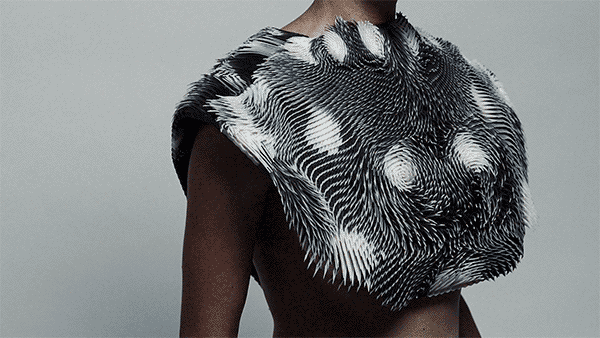Future things
Material / movement ideas
Shape memory alloys
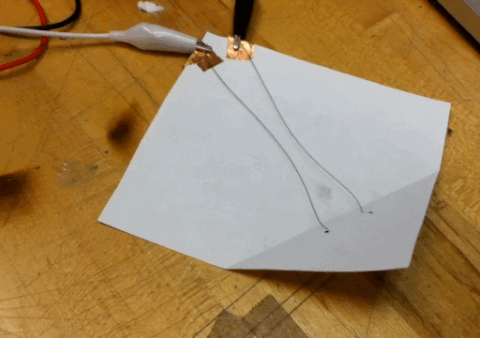
These work like muscles, they change length when a current flows through them. They aren’t very strong, but the idea is that you use many them in small situations. Here’s a nice example of a very simple one from MIT. Imagine that being repeated as a module to control light or acoustic access. The best thing about them is that they have no ‘moving’ parts; they just change shape. That means there are no motors to fail etc. It’s quite a mature technology now.
Festo Muscles (and animals)
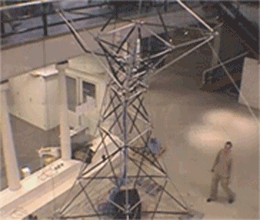
This is a much more muscular muscle. The image above is of the TU Delft research project from about 12 years ago where they built a tower that moved about. They are strong, but not all that easy to control.
Festo make a series of animals too, they show off what can be done with their control systems.
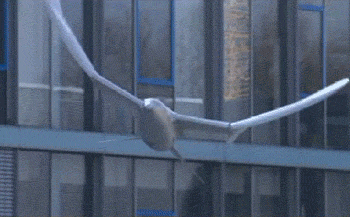
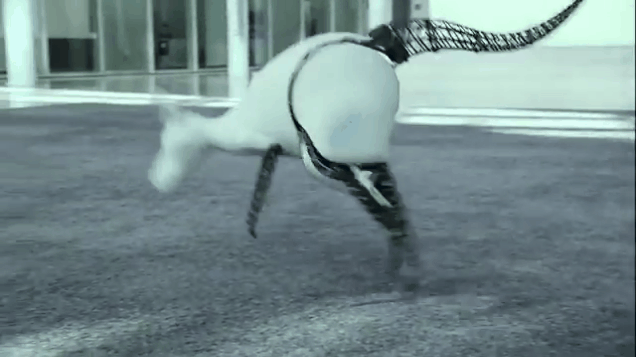
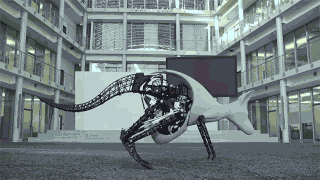

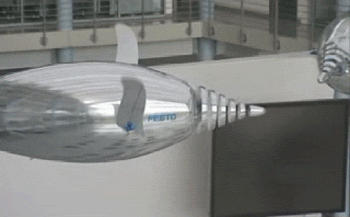
There are lots of example of soft robotics.
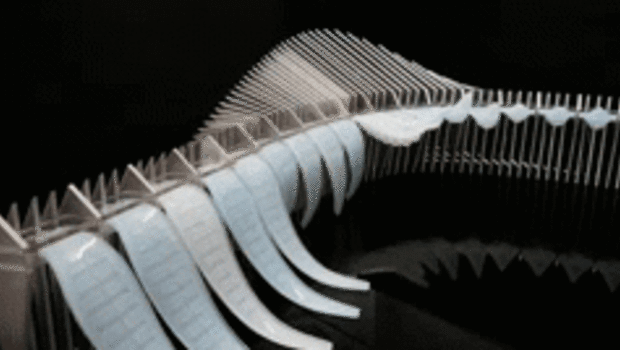
Here’s some more examples as an image search
Other industrial control mechanisms (pneumatics and hydraulics)

Pneumatic and hydraulic control allows for almost anything to be done. There is a massive field of industrial control mechanisms. At one end there’s robotic arms and quadrupeds that can do almost anything and go anywhere.
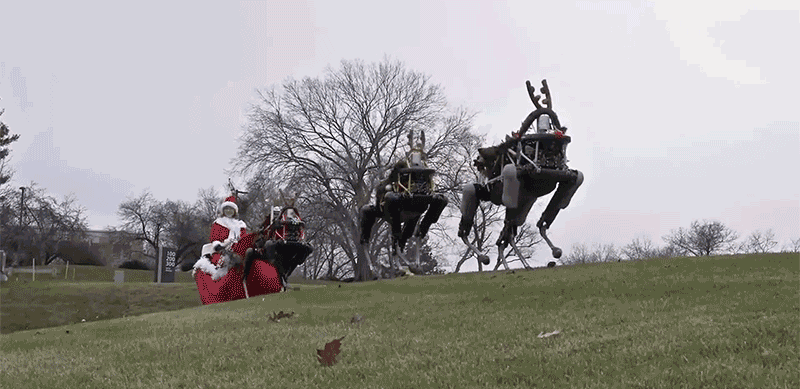
At the other there are subtle puffs of air that can sort things off conveyors
Kites (structures with constrained inflatable parts)
Kite surfing kites are combination inflatable and tensile structures. The inflatable leading edge wants to be straight, but the wind force and cables want it to bend.
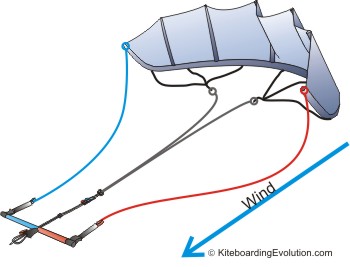
inflatable buildings are common at sports events etc.

And inflatable meeting rooms are already pretty popular.
Zorbs (Tied back) and foams
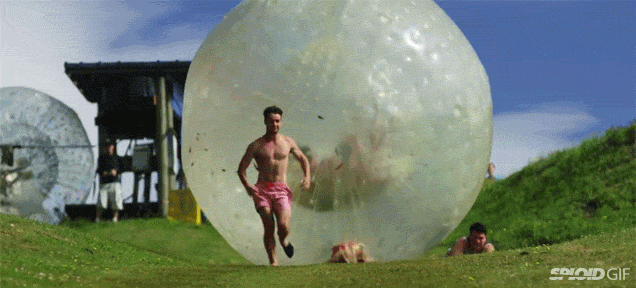
Zorbs are balls inside other balls, where the natural shape of the inflation is constrained by internal cables. Here’s an example of that used as a room.
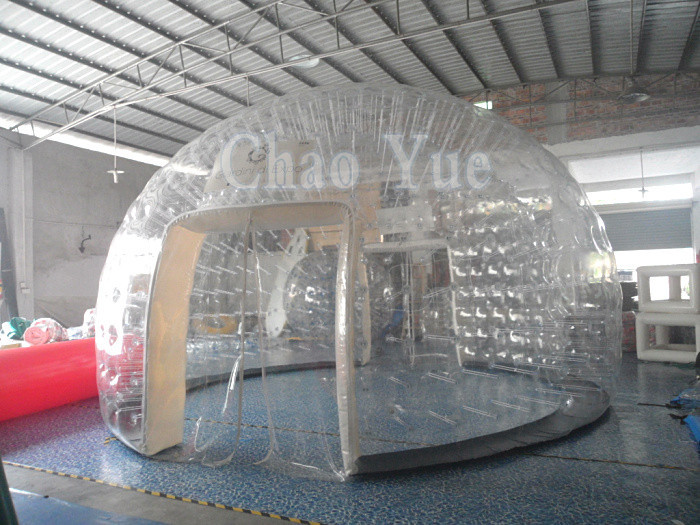
These people actually sell a bunch of inflatable rooms!
I think that these would be interesting if combined with shape memory alloys or festo muscles as the tie back cables. You may be able to pull it around as you want.
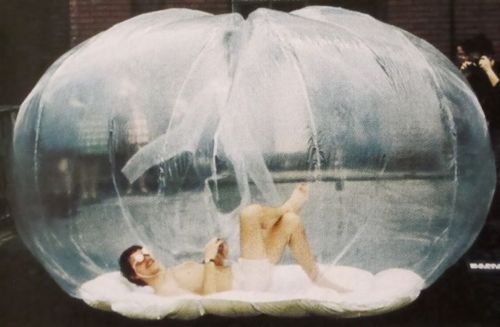
We’ve seen this before!
This is similar to the way that self inflating camping mattresses work.
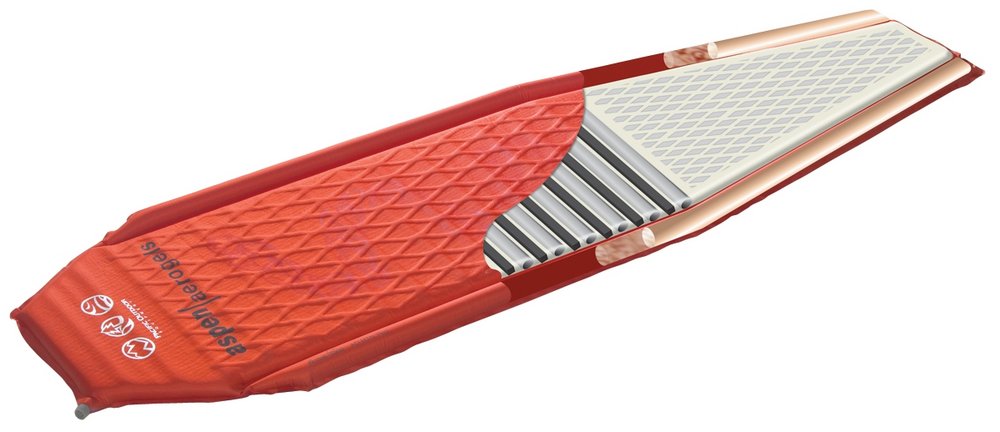
Curved folds
http://www.curvedfolding.com/
This video is a bit slow and boring, but it shows it in use.
Balanced joints
This is quite a simple idea that we don’t see much in furniture. Your car boot is very heavy, but it feels light because the gas struts balance it. Things that move can be made to feel light.
Office ideas
If desks are for putting paper on, are they needed?
Work for most people is transforming data, or creating order by decreasing entropy. If work isn’t paper based then why have paper based furniture? e.g. easels aren’t flat.
Why floor mount everything?

It’s easy to put things on the floor, but why not hang more things? That gives you the option to fold it back against the ceiling and to create empty space for:
Multi scale [V/A]R
Virtual reality can be at different scales. The most constrained being something like a flight simulator where your cockpit is a tangible limit to your body’s exploration. VR is going to be interesting because it introduces two scales to the world; the scale that the user is actually in and the one that they experience that they are in. There will be new forms of user interface, and they will take up different amounts of space. It could be big empty spaces to wander in or it might be constrained spaces with treadmills or a non-walking way of moving.
AR maintains the fixed scale of the world but layers extra information. This will allow for some interesting interaction modes as people will be able to look at the same virtual model from different points of view. It gets more interesting when you start to add meta-data to the view.
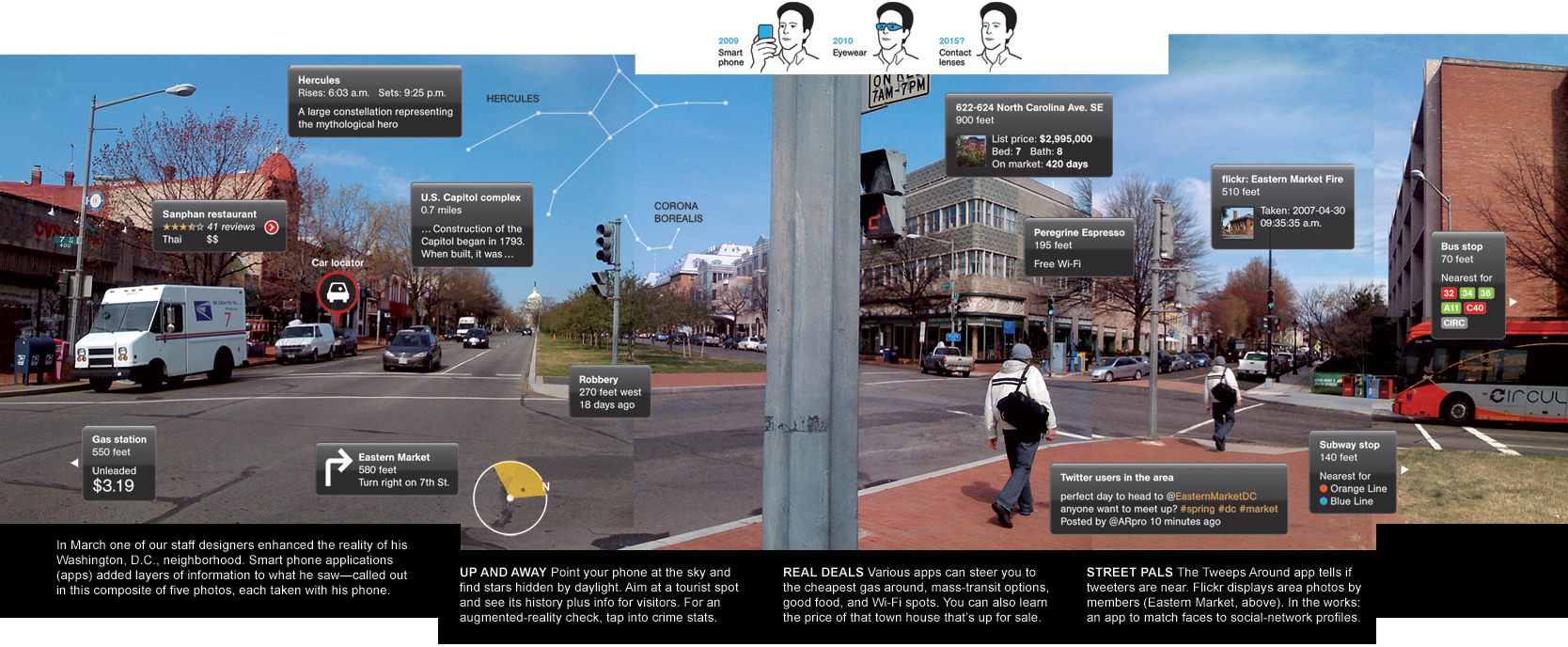
This will need spaces without much else in them as the way of changing viewpoint will be with your body; there’s no window to look through.
Wall scale displays with mixed pin/project
Everyone likes pinning up their work. Spreading it out to give you a way to see it all at once. The problem is that the pinned up version isn’t live, and changes made to it aren’t reflected in the live version.

People have talked about large displays for a long time now. The image above is from 2002. There have been a lot of advances in display technology since then.
We’ll have big walls of screens that are also stickable. We’ll be able to slide content onto and off out handheld screens. AR will be able to overlay extra information that only we need to see, or make the 2d surface seem 3d.

Team coworking and amplified teams.
Usually people assemble teams to do a job as it comes up. That team needs to go through the forming, storming, norming, performing process. This is a bit more of a long shot prediction, but I think that teams will form more permanently and will behave like amplified individuals. This has been called amplified teams and that’s quite an extreme formulation of the idea. But the idea of a team of teams, each skilled in a very specific process feels like it’ll work well.
